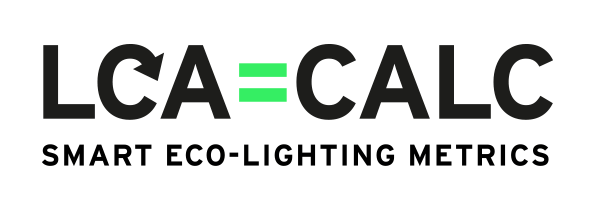EF3.1 Method
EF3.1 is a methodology based on european standards, that shows the 16 official environmental indicators. At the end all indicators are combined into a single score.
Climate change (CC)
kg CO2 eq
Accounts for the effect, through radiative forcing, of greenhouse gases on the energy balance of the atmosphere over a time horizon of 100 years.
